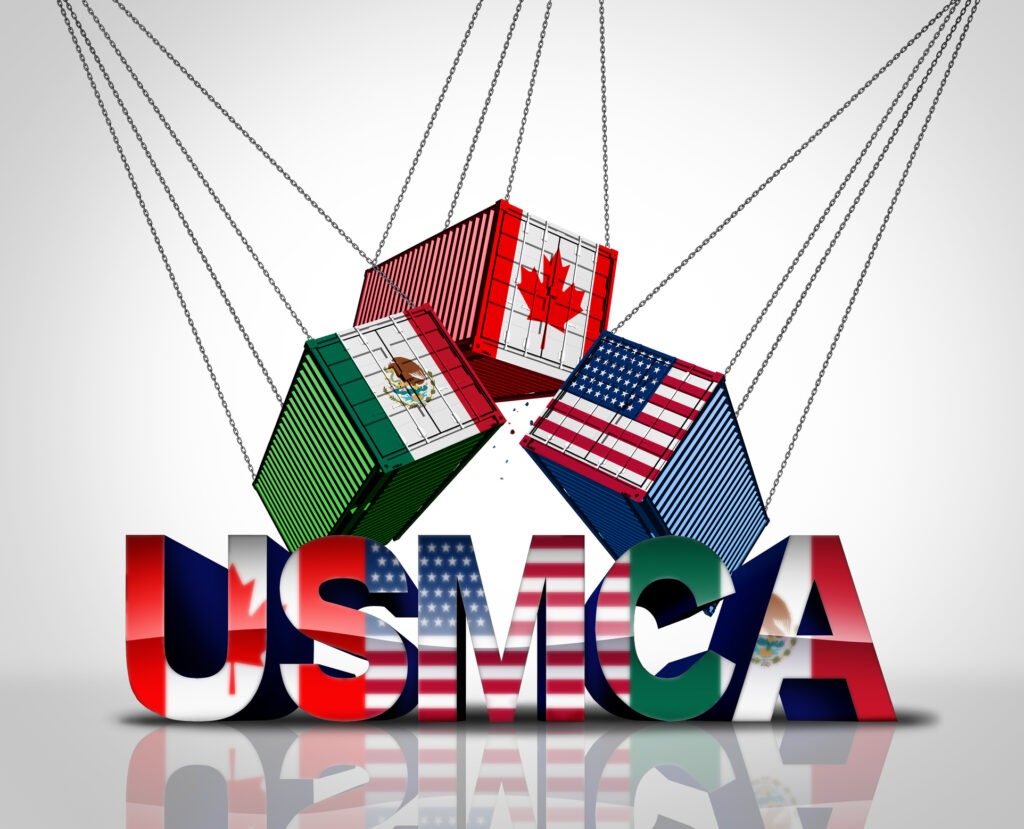
Grades 6-8, 9-12

Don't have an account yet? Sign up for free
Don't have an account yet? Sign up for free
Students will be able to:

In this economics lesson, students will analyze data to learn if jobs have increased or decreased since NAFTA was implemented.
Did NAFTA do its job?
Supporting Questions
Prior Knowledge
It is important to note that this inquiry requires a prerequisite knowledge of the basic concepts of free trade such as tariffs, imports, exports, goods, services, and balance of trade.
Staging the Compelling Question
To stage the compelling question, “Did NAFTA do its job?” teachers can have students watch the six minute video “NAFTA explained by avocados. And shoes”.
This video features an introduction to NAFTA and models the complexity of assessing the success of economic policies. It presents students with an underlying dilemma of judging the effectiveness of NAFTA: benefits were often small and widely dispersed as shown by the example of avocados, while the negative consequences were often dramatic yet geographically concentrated as shown by the example of shoes. While watching the video, teachers may have students answer viewing comprehension questions that can be accessed at: NAFTA Video Questions.
After showing the video, discuss as a class what questions students have at this point about NAFTA.
Supporting Question 1: What Was the Intent of NAFTA When it was Created?
In evaluating the effectiveness of NAFTA, students will first consider the intended effects of NAFTA by reading Featured Source A. As a formative task, students will write a paragraph that describes the intended purpose of NAFTA based on President Clinton’s Argument.
While the full text of President Clinton’s speech is available online, it is suggested that teachers use the excerpted and modified version below makes the text accessible to high school students.
Supporting Question 2: What Do Experts Say About NAFTA Today?
Students will analyze quotes from economic experts on NAFTA that represent a range of perspectives on the issue. Understanding that all economic decisions come with trade-offs and costs, as a formative task students will sort the evidence from experts on the reality of NAFTA between two opposing perspectives: Claim 1 – NAFTA was more beneficial than harmful and Claim 2 – The costs of NAFTA do not outweigh its benefits.
Teachers may implement this task by cutting out the perspectives and having students physically sort the strips into two groups, one for each opposing perspective. Teachers could also have students imply label each source as either perspective one or perspective two.
Students should be expected to demonstrate the breadth of their understanding and their abilities to use evidence from multiple sources to support their claims. In this task, students will construct a claim and counterclaim that addresses the compelling question using specific and relevant evidence from the provided sources.
Students’ arguments will likely vary, but could include any of the following:
To extend their arguments, students can research and explore data that shows how NAFTA has impacted their state. The US Chamber of Commerce features a breakdown of NAFTA’s impact on a state-by-state basis and could serve as a starting point for such research.

Grades 6-8, 9-12

Grades 9-12

Grades 9-12

Grades 6-8, 9-12
